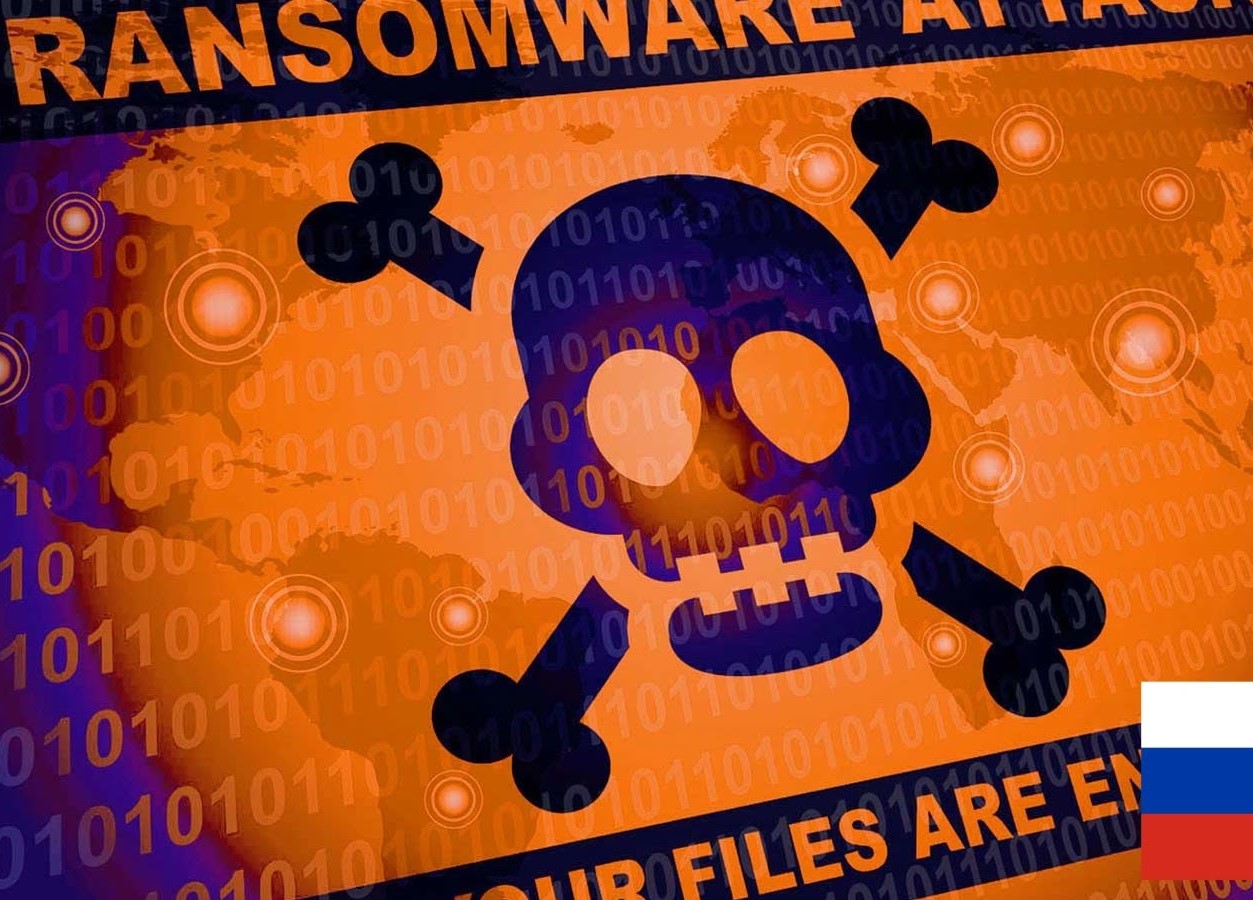
Russian Vodka Producer Beluga Hit by Ransomware Attack
The digital supply chain has become a primary target for sophisticated cyber adversaries. No industry is immune, and recent events underscore the pervasive threat. A significant instance of this escalating risk comes from the beverage sector, where a major producer has fallen victim to a disruptive ransomware attack.
Beluga Vodka Producer NovaBev Group Confirms Ransomware Attack
On July 14, 2025, NovaBev Group, the Russian premium vodka producer behind the globally recognized Beluga brand, experienced a critical cybersecurity incident. The company confirmed it was hit by a sophisticated ransomware attack, severely disrupting its IT infrastructure and operational capabilities. This incident, reported by Cyber Security News, highlights the aggressive targeting of operational technology and critical business systems within key industries.
The attack forced NovaBev Group to initiate emergency response protocols, indicating a significant impact on their ability to maintain normal business operations. Such disruptions in large-scale manufacturing and distribution can lead to severe financial losses, supply chain delays, and reputational damage.
The Evolving Landscape of Ransomware Targeting Supply Chains
The Beluga ransomware attack is not an isolated incident but rather indicative of a broader trend where cybercriminals are increasingly targeting critical infrastructure and major enterprises within various supply chains. These attacks aim to maximize disruption and, consequently, the likelihood of ransom payment.
- Operational Disruption: Ransomware now frequently targets industrial control systems (ICS) and operational technology (OT), beyond traditional IT networks. This can halt production lines, as seen with Beluga’s disrupted operational capabilities.
- Supply Chain Vulnerabilities: Even if the initial target isn’t directly critical infrastructure, a key component within a supply chain (like a major beverage producer) can impact downstream distributors and retailers.
- Sophistication of Attackers: Modern ransomware groups employ tactics, techniques, and procedures (TTPs) that rival nation-state actors, involving extensive reconnaissance, lateral movement, data exfiltration (double extortion), and sophisticated evasion techniques.
Immediate and Long-Term Implications for NovaBev Group
The immediate aftermath of such an attack involves significant operational hurdles. NovaBev Group would have likely faced:
- Production Halts: Inability to manage inventory, production schedules, and logistics due to compromised IT systems.
- Financial Strain: Costs associated with incident response, forensic analysis, system recovery, potential ransom payment (if chosen), and lost revenue from halted operations.
- Reputational Damage: A major cyberattack can erode customer trust and investor confidence, particularly for a premium brand like Beluga.
Long-term implications include the need for substantial investments in cybersecurity infrastructure, employee training, and the implementation of robust resilience strategies to prevent future incidents. This incident serves as a stark reminder that resilience goes beyond IT and must encompass the entire operational framework.
Remediation Actions and Cybersecurity Best Practices
In the wake of incidents like the Beluga attack, organizations must prioritize immediate remediation and adopt resilient cybersecurity frameworks. While the specific vectors for the NovaBev Group attack have not been disclosed, general best practices for mitigating ransomware threats are universally applicable.
- Robust Backup and Recovery Strategy: Implement air-gapped, immutable backups. Regularly test recovery procedures to ensure business continuity.
- Network Segmentation: Isolate critical operational technology (OT) networks from IT networks. Limit lateral movement for attackers if a perimeter breach occurs.
- Multi-Factor Authentication (MFA): Enforce MFA across all critical systems, VPNs, and remote access points to prevent unauthorized access.
- Endpoint Detection and Response (EDR)/Extended Detection and Response (XDR): Deploy advanced EDR/XDR solutions to detect and respond to suspicious activities on endpoints and across the network in real-time.
- Patch Management: Maintain a rigorous patch management program, promptly applying security updates for all operating systems, applications, and network devices. Common vulnerabilities often exploited by ransomware groups include those related to unpatched software, such as CVEs affecting widely used corporate software. For instance, while not directly related to this incident, historical vulnerabilities like CVE-2017-0144 (EternalBlue, exploited by WannaCry and NotPetya) underscore the importance of timely patching.
- Incident Response Plan (IRP): Develop, test, and regularly update a comprehensive incident response plan. This includes communication strategies, roles and responsibilities, and technical containment steps.
- Employee Training: Conduct regular security awareness training to educate employees about phishing, social engineering, and other common attack vectors.
Tools for Ransomware Defense and Response
Effective cybersecurity relies on a combination of robust processes, skilled personnel, and advanced tools. For organizations looking to bolster their defenses against ransomware, several categories of tools are essential:
| Tool Category | Purpose | Examples |
|---|---|---|
| Endpoint Protection (EPP/EDR/XDR) | Detect and prevent malware, and respond to threats on endpoints by monitoring system activity. Enhance visibility across the IT environment. | CrowdStrike Falcon, SentinelOne Singularity, Microsoft Defender for Endpoint |
| Vulnerability Management | Identify and prioritize security vulnerabilities in systems, applications, and network devices to reduce attack surface. | Tenable Nessus, Qualys VMDR, Rapid7 InsightVM |
| Network Segmentation & Zero Trust | Limit lateral movement of attackers by enforcing least privilege access and isolating critical assets. | Palo Alto Networks Zero Trust, Cisco Identity Services Engine (ISE), Illumio |
| Backup & Recovery Solutions | Provide immutable and air-gapped backups for rapid recovery of data and systems post-attack. | Veeam Backup & Replication, Cohesity DataProtect, Rubrik Security Cloud |
| Security Information and Event Management (SIEM) | Aggregate and analyze security logs from various sources to detect anomalies and potential threats. | Splunk Enterprise Security, IBM QRadar, Microsoft Azure Sentinel |
Conclusion
The ransomware attack on Beluga vodka producer NovaBev Group serves as a critical reminder that no organization, regardless of industry or size, is immune to sophisticated cyber threats. The escalation of cybercriminal activities targeting operational capabilities demands a proactive and multi-layered defense strategy. Organizations must move beyond basic security measures, investing in comprehensive cybersecurity frameworks that prioritize resilience, rapid incident response, and continuous adaptation to the evolving threat landscape. Protecting digital assets and operational continuity is not merely an IT responsibility but a fundamental business imperative.





